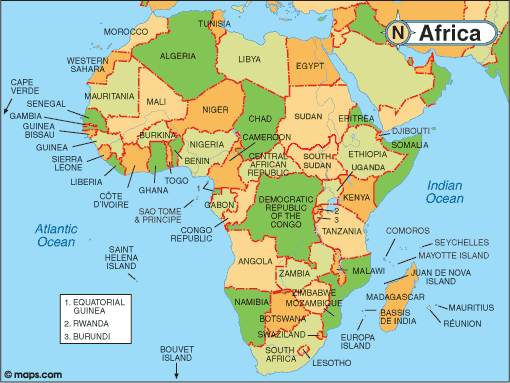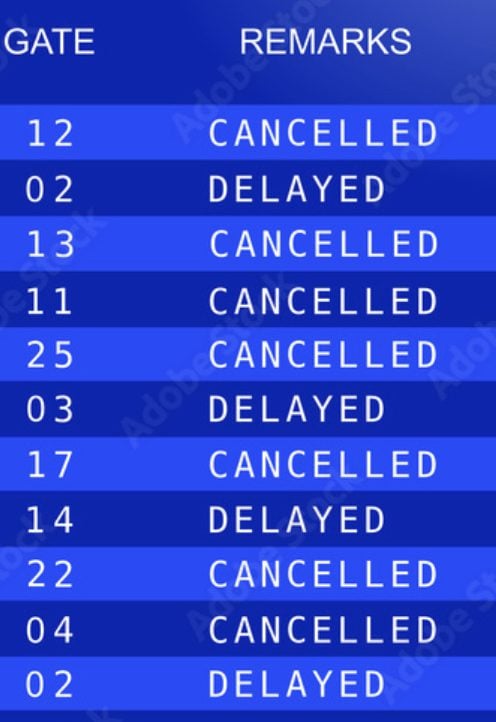
mapAfrica
Overview
This week in commercial aviation across the African region is marked by airline expansions, new routes, and regulatory changes. The aviation sector continues to recover from the impacts of the COVID-19 pandemic, with airlines adapting to new market demands and enhancing their operational capabilities. But the region’s perennial issues remain.
Airline Expansions and New Routes
Ethiopian Airlines Expands International Network
Ethiopian Airlines announced the launch of new routes to several international destinations, including Bangkok, Thailand, and Geneva, Switzerland. This expansion is part of the airline’s strategy to enhance connectivity and cater to the growing demand for travel in and out of Africa. For more information, please visit Ethiopian Airlines’ News section.
Kenya Airways Introduces Direct Flights to New Destinations
Kenya Airways also made headlines by introducing direct flights to New York City and Dubai. This move aims to facilitate trade and tourism between Kenya and these markets. The airline’s management expressed optimism about the potential for increased passenger traffic and cargo opportunities. For more information, please visit Kenya Airways’ official website.
Regulatory Developments
South African Civil Aviation Authority Updates Regulations
The South African Civil Aviation Authority (SACAA) has updated its regulations to enhance safety and operational efficiency in the aviation sector. The new regulations focus on improving maintenance standards and pilot training requirements. This initiative is expected to bolster public confidence in air travel within South Africa. For further insights, please refer to the SACAA’s official announcement here. Even with these new initiatives, the government faces wary airlines about how it handled airport fuel supplies.
African Union’s Commitment to Open Skies
The African Union (AU) reiterated its commitment to the Single African Air Transport Market (SAATM), which aims to liberalize air transport across the continent. This initiative is crucial for promoting intra-African trade and tourism. The AU’s efforts to implement SAATM are expected to enhance connectivity and reduce travel costs for passengers significantly. For more details, please refer to the AU’s press release here.
For some reason, several African nations still regard the protection of local airlines to be a greater good than allowing competition. This myopia hinders economic growth, which is crucial for the labor-creating abilities of the travel industry. National airlines are not the panacea they are thought to be. Jobs for pals and a state-sponsored travel service are not what an airline should be.
Industry Challenges
Fuel Prices and Economic Pressures
Africa’s aviation industry continues to face challenges, particularly those related to rising fuel prices and economic pressures. Airlines are grappling with increased operational costs, which may lead to fare hikes. Industry experts are calling for collaborative efforts among stakeholders to address these challenges and ensure sustainable growth in the sector. Fuel prices are in US dollars, and African currencies tend to be weak and volatile. This creates havoc for airline budgeting. As mentioned above, state roles in public policy are where the solution starts.
Conclusion
The problems are the same, and the solutions require states to exit the commercial aviation business. Bureaucracy remains a significant hindrance to Africa’s commercial aviation sector.
Views: 57




